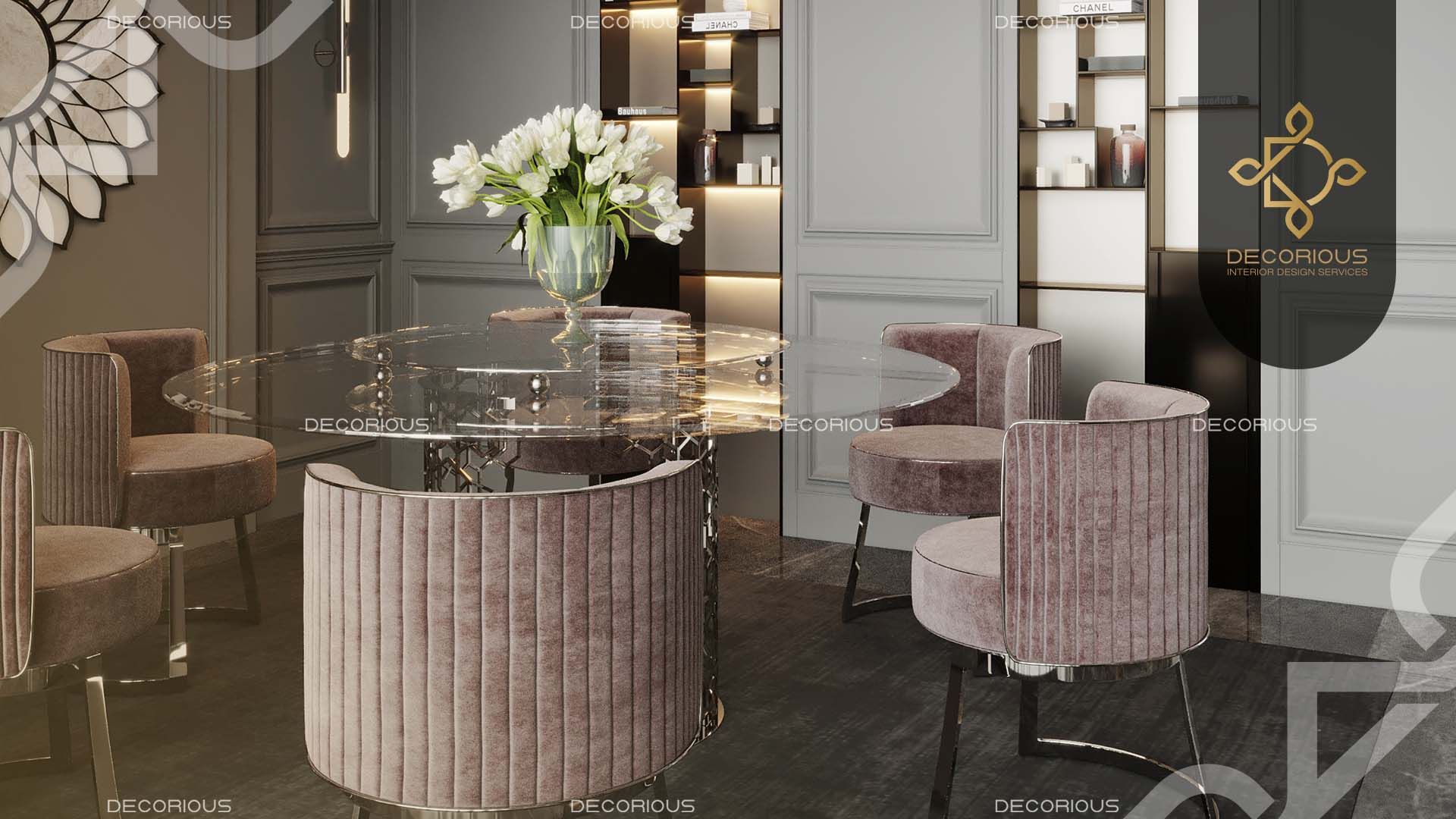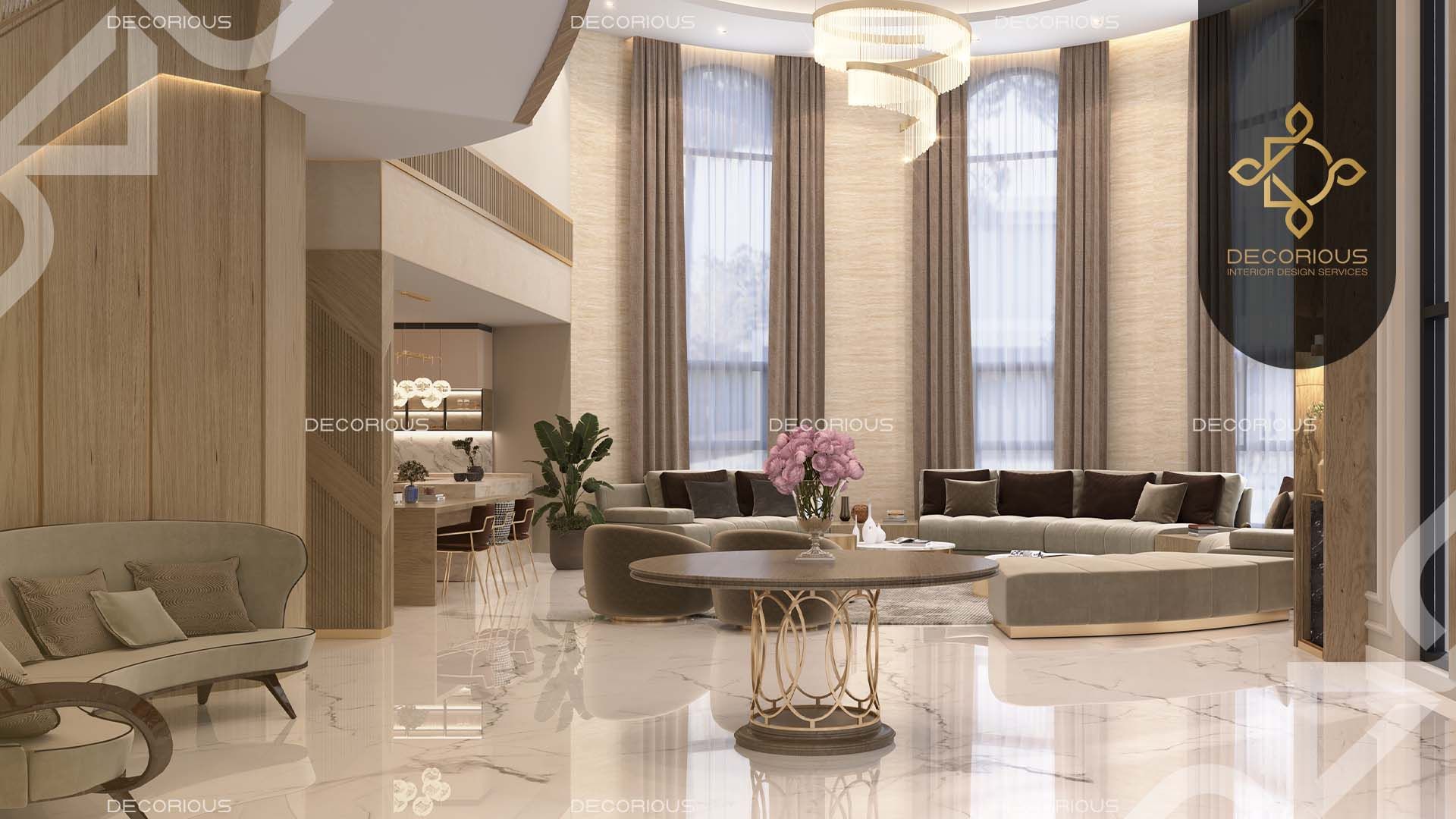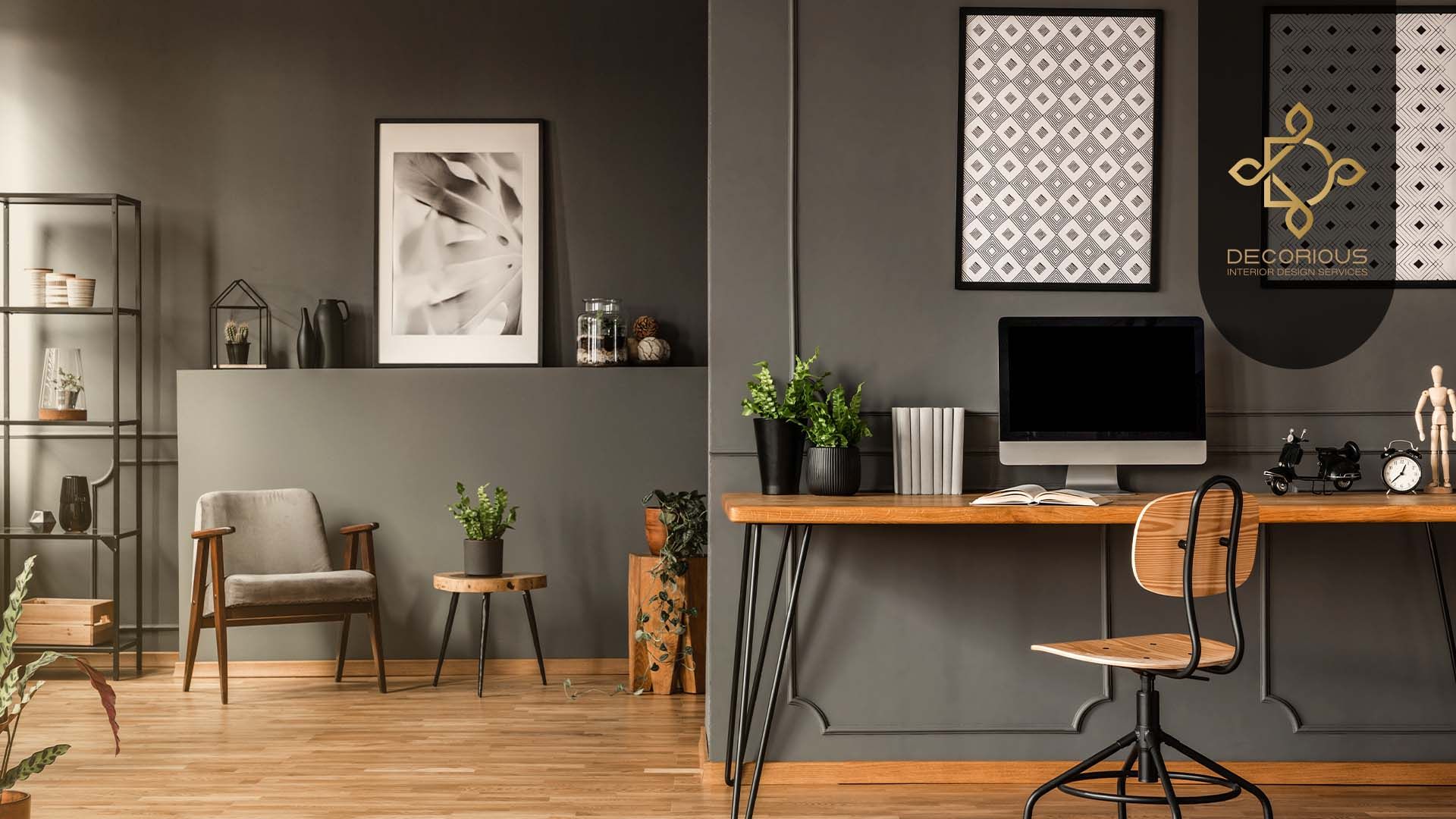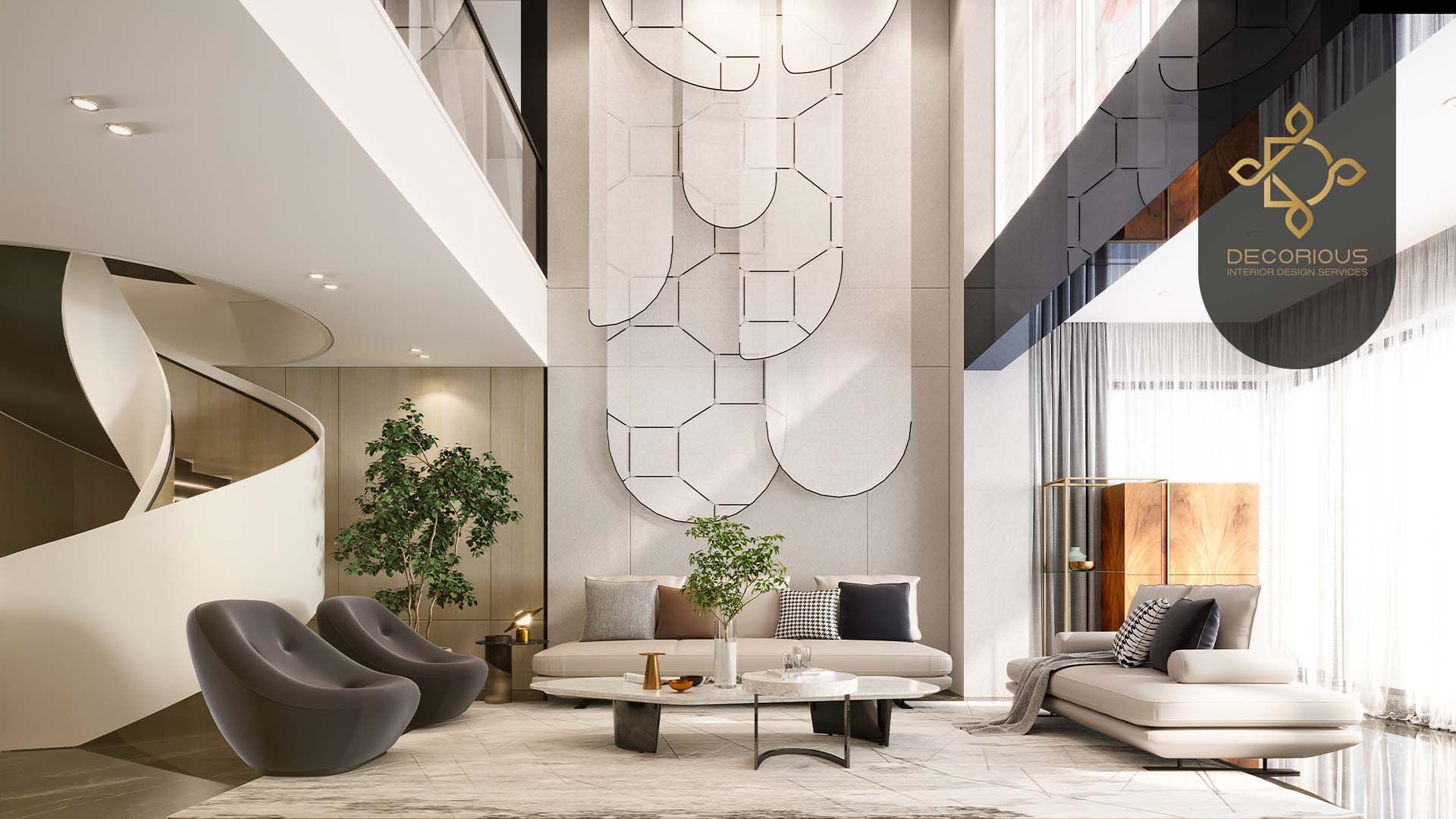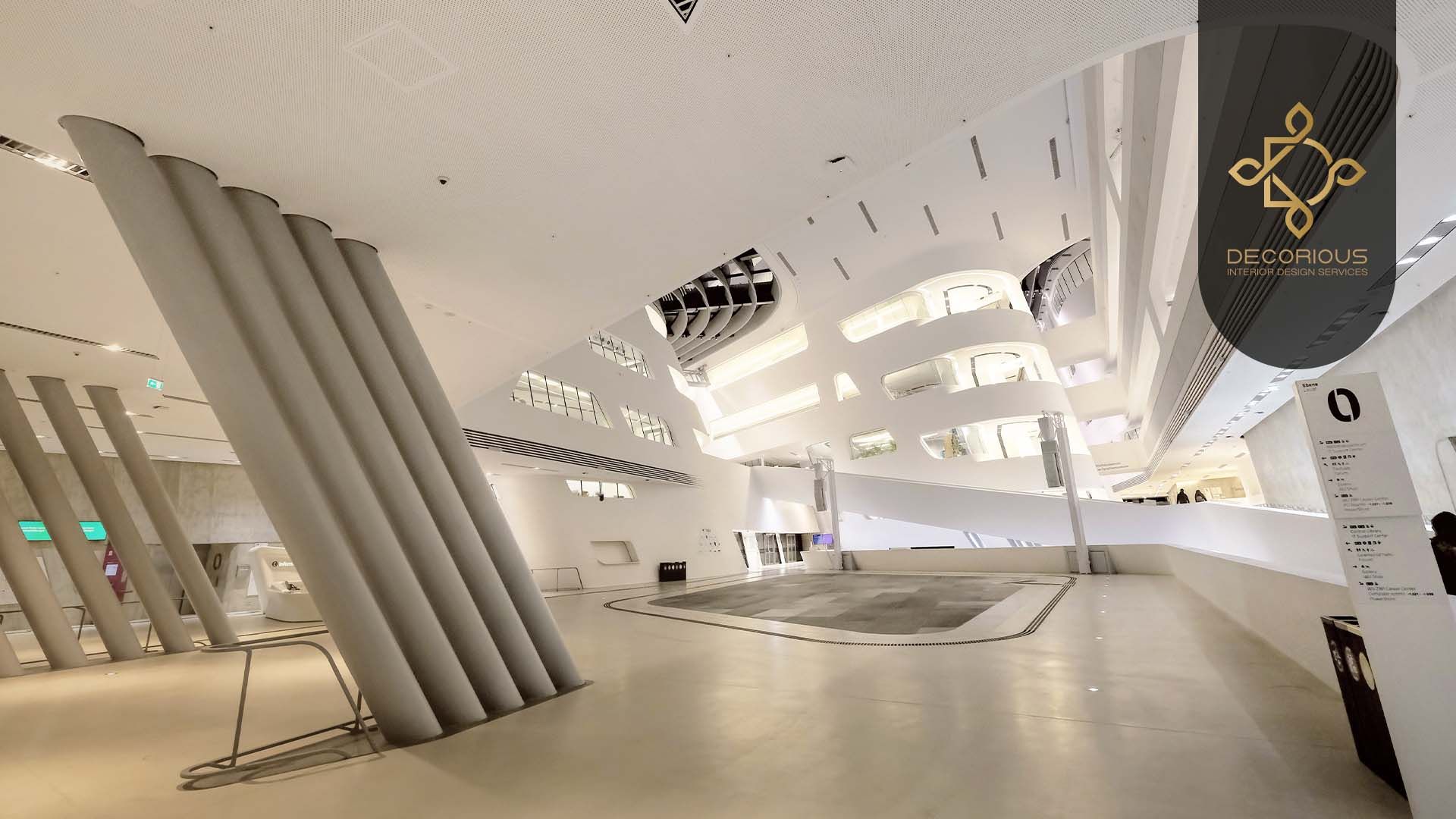
Institutional interior design is one area of the interior design market where expert guidance and assistance are crucial. Creating a good learning environment, ensuring all safety standards are followed, adhering to and guaranteeing complete compliance with local laws and regulations, and many other factors need to be carefully considered.
Then, to give the institution a distinct personality, all these components must be coordinated. With so much on the line, Decorious for interior design, a well-known name among
interior designers in Dubai, can assist you with all your demands from beginning to end. To learn more, continue reading!
Benefits of Institutional Interior Design Company
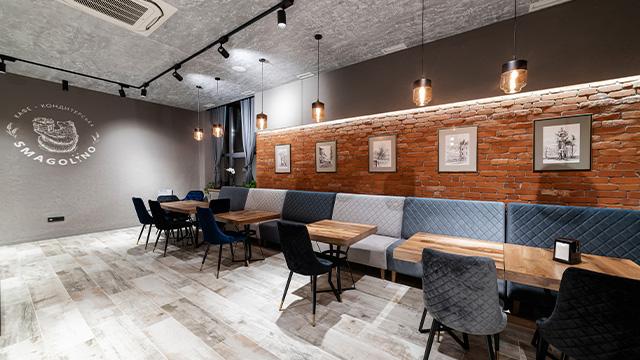
There are many complex parts to creating an exceptional experience. Eliminate the process on your own by hiring Decorious' design team who will take you from the idea stage to opening day and beyond.
Design Elements
Light, Color, Ambient Music, Space & Layout, Tableware, and Aesthetics.
One of the most crucial aspects of institutional architecture is natural and artificial light. However, control and effect of light will be lost if surfaces aren't the right hue and texture. The use of light has a significant impact on the Gothic cathedral's aesthetic beauty. A high or filtered source of daylight produces striking patterns of light and shadow as well as different intensities and pools of light. In order to create different and shifting patterns of light, modern designs frequently include skylights or tall windows. This similar approach may be used in any interior area. The same requirements of highlights, adequate overall lighting, and variation still apply when using artificial lighting.
Important Components
When designing a hospitality space, functionality and "flow" are crucial. These possibilities affect the neighborhood in terms of customer service and comfort.
A place becomes fascinating and attracts more customers when features like custom mirrors, unusual wall treatments, and photographic décor are added.
The dining experience is greatly influenced by lighting since different degrees of illumination help to make the space feel cozy and welcoming.
Insights
Work with "living finishes" that will age gracefully over time in a commercial role rather than trendy or cookie-cutter parts. For example, rolling refurbishment can be avoided by using genuine finishes, like warm-colored wood, to survive aging and preserve a beautiful appearance.
Scale is also another essential element. Before drawing up a floor plan, it's crucial to consider the sizes of objects like light fixtures, pieces of art, chairs, and tables.
Working with an experienced team of designers will not only simplify the process but also offer you confidence that the outcome will be successful.
You May Also Like:
What is Modern Classic Interior Design?
Essentials For Institutional Interior Design
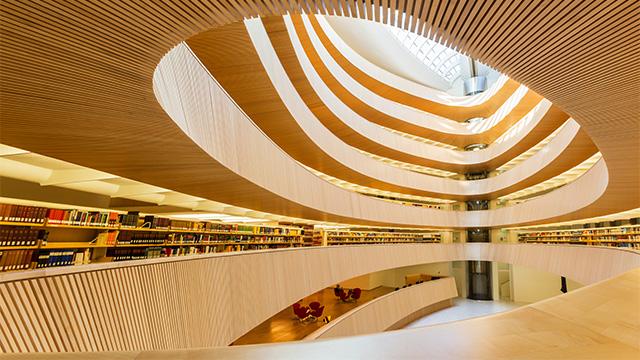
Comprehensive programming, planning, design, and administration of space utilized by public and private groups are all part of institutional interior design.
Follow these points:
1- Keep current with regional laws
First and foremost, it's critical to understand the applicable municipal building laws and regulations.
It's important to ensure the facility complies with safety and security standards for everyone visiting it before starting your institutional interior design project. Every institution, whether a school, university, hospital, library, or commercial setting, will have sufficient fire safety measures in place. The electrical wiring, switches, and sockets, as well as the plumbing and drainage system, are all the same. Any violation of compliance could have substantial long-term financial and reputational repercussions.
2- Use your imagination to liven up the area.
Institutions, where teaching and learning occur, cannot be dull and routine since they are creative experiences. Use visual components heavily in your institutional interior design to create an engaging environment for teachers and students.
The use of vibrant colors in play areas (especially for kindergarten students) and interactive displays in reading areas like libraries are a few examples of how to put this into practice. The campus bookstore should be warm and inviting, and the cafeteria should have enticing menus and shelf displays that pique appetites.
3- Purchase comfortable furniture.
The primary consideration you should make when choosing furniture is its level of comfort. Remember that maintaining students' and teachers' health and safety must be a top priority. In addition, all of the attention is kept on learning thanks to comfortable furnishings. We can easily and affordably assist you in choosing high-quality furniture for your school.
4- Create a "unique" character.
Each educational institution adheres to a unique set of values and philosophies. The main reason why we are a reputable name in Dubai. Is that we help you develop a "unique" identity for your organization through rigorous conversation and collaboration. Here, branding and logo are very important. Wherever you can, try to use these visual components. The only tip is to keep functionality when developing a corporate identity.
5- Design the layout for functionality.
Interior design for institutions often involves extensive layout planning. Here, it's crucial to comprehend the functionality and design the layout appropriately.
The halls and corridors should be your main emphasis if you have an elementary or primary school in mind because most students and staff will congregate in these places many times throughout the day. Another important consideration is the optimal distance between the student benches and the whiteboards or blackboards, as the case may be.
The main structure of a vocational college will be made up of laboratories or practical workshops, around which other components will be arranged. So, evaluate the functionality first, and then our team will work with you to develop a layout that satisfies the specifications.
Challenges of Institutional Interior Design
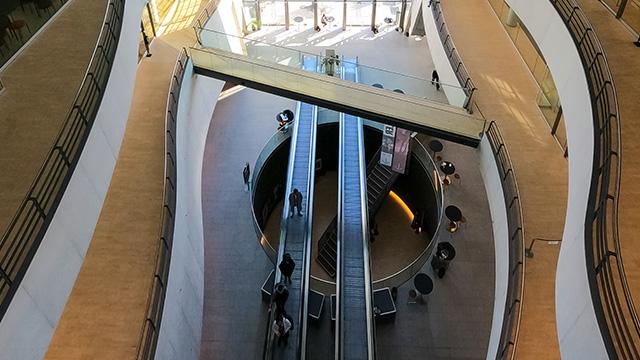
Running a business is challenging. Every field faces its own set of difficulties and obstacles daily. These are the most unforeseen difficulties that institutional interior designers currently encounter.
1. Time Management
Having good time management skills is essential for interior design firms. There are only so many hours in the day, yet numerous tasks need to be completed. By
planning your time properly, you can prioritize projects, keep on track, and meet your deadlines.
2. Marketing Your Brand New Idea
Selling huge ideas is one of the major difficulties. Often, all you have to convey the mood of an entire room is a floor plan or a few pictures. Selling something that doesn't exist physically is challenging. Do whatever it takes to communicate your thoughts. Your clients will always appreciate the extra effort you make to explain the concept to them, whether through fabric samples or mood boards.
3- Perform short-cycle work
Your client might want the project finished next week or next month. No matter the timeframe, deadlines are a common challenge for interior designers. Your ability to manage your time and stay organized will be tested here.
4- A description of fashion and style
Presenting the newest trends while retaining a feeling of classic elegance is one of the hardest jobs for institutional interior designers. When the area becomes dated after a few months, you don't want your customer to feel frustrated. One of the most important creative abilities for designers to learn is keeping up with trends and understanding how to display them with style.
5- Cost Control
A watchful check must be kept on finances by interior designers. You can end up in an embarrassing scenario if the client changes his mind or the project takes longer than anticipated. To prevent money from being lost during construction, the business must operate with efficiency in every element.
Examples of Successful Institutional Interior Design
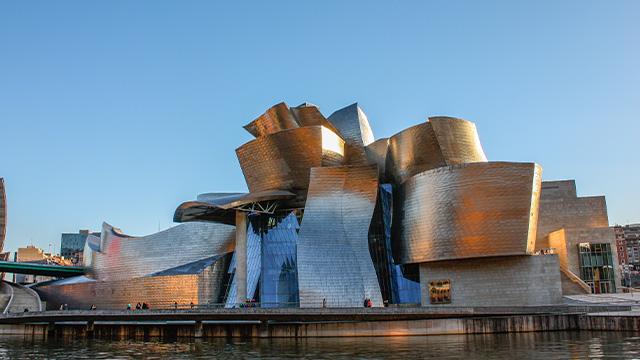 -
- The Guggenheim Museum in Spain's Bilbao is a masterwork of Institutional Interior design. This place is in Bilbao, Spain. The museum's interior rooms, created by Frank Gehry, are just as stunning as their recognizable appearance. A setting that is both aesthetically attractive and practical is created via the utilization of natural light, flowing shapes, and dynamic spaces.
 -
- This one is everyone’s favorite. The Mona Lisa and the Venus de Milo are two of the most well-known pieces of art in existence, and they may be seen at the Louvre Museum in Paris, France. Elegant and subtle, the museum's interior decor serves as the ideal setting for the works of art on show. Natural materials and neutral colors are used to create a tranquil environment that enables viewers to concentrate on the artwork.
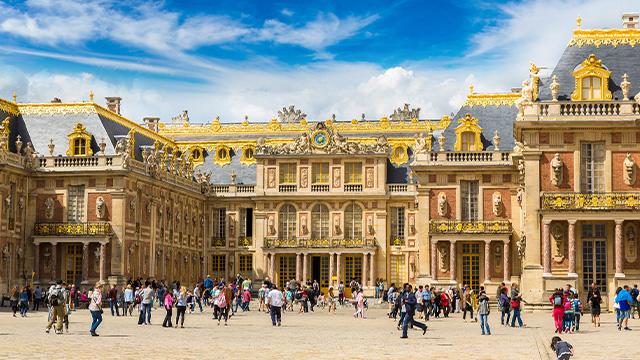 -
- The Versailles Palace is a place that no one forgets. France's Versailles is One of the most well-known examples of Baroque architecture in the world. The Palace of Versailles includes elaborate woodwork. You can find beautiful ceiling decorations and luxurious textiles, which are a marvel of wealth and grandeur. There is no better example of commercial and luxury design than this one by the use of gold and other precious materials.
- Don’t forget The George V. The Four Seasons Hotel in Paris, France. It is one of the world's most fantastic hotels. is the Four Seasons Hotel George V in Paris you will find beauty and art. The hotel's interior decor combines traditional French elegance with contemporary conveniences. Rich materials, elaborate designs, and striking colors combine to provide an unrivaled feeling of refinement and elegance.
- The United States New York Public Library is another million-dollar example of interior design. This institutional interior design in our list is one of the most popular ones. The library's interior decor is a flawless fusion of traditional and contemporary designs. While the use of contemporary lighting and technology creates a functional and comfortable environment for visitors. Also, the use of marble, bronze, and wood gives the building a sense of grandeur.

FAQs
What is the role of an institutional interior designer?

For an institutional interior design like museums, libraries, government buildings, colleges, hospitals, and other public places, an institutional interior designer is in charge of designing and developing interior spaces that are both aesthetically beautiful and useful. They create lighting, pick colors and textures, choose furniture and fixtures, plan the usage of the space, choose the right materials, and take sustainability into account.
How does institutional interior design differ from commercial interior design?
Commercial interior design focuses on creating interior spaces for enterprises, whereas institutional interior design focuses on producing practical and aesthetically acceptable interior spaces for public organizations. Commercial design prioritizes branding and marketing whereas institutional design lays a larger emphasis on utility. While commercial design is more concerned with giving customers a distinctive and memorable experience, institutional design is frequently subject to stricter regulations.
How important is natural light in institutional interior design?
In institutional interior light is very important. Natural light is crucial since it may significantly affect the space's use, aesthetics, and overall ambiance.
How can institutional interior design contribute to environmental sustainability?
Incorporating recycling and waste reduction programs, using sustainable and environmentally friendly materials, optimizing energy efficiency through the use of efficient lighting and HVAC systems, and encouraging sustainable transportation options for occupants are all ways that institutional interior design can support environmental sustainability. The need for regular replacements and restorations may be decreased by choosing materials and finishes with long lifespans, which will lessen the space's environmental effect.
What are some cost-effective ways to improve institutional interior design?
Institutional interior design may be improved in several low-cost ways, including painting the walls, moving the furniture, adding plants or artwork, changing the lighting, and clearing the clutter. These adjustments can help the area feel newer and more modern without needing extensive remodeling or pricey materials. Additionally, taking into account adaptable and multifunctional furniture options can increase a space's versatility while saving money.
Conclusion
For public organizations to have interior spaces that are practical, aesthetically pleasant, and sustainable, institutional interior design is essential. Institutional interior design is distinct from commercial interior design because of the emphasis on utility and sustainability, as well as compliance with laws. Interior design for institutions must take natural light into account.
Utilizing natural light can improve the environment, conserve energy, and improve occupant well-being. There are several low-cost options to enhance institutional interior design, like painting the walls, moving the furniture, putting in plants or artwork, changing the lighting, and clearing the clutter. These adjustments may help a place feel newer and more modern without needing extensive remodeling or pricey materials.
Look no further than
Decorious for professional advice on institutional interior design. Decorious has a team of skilled designers that can assist in converting your public areas into places that are practical, visually beautiful, and sustainable and match your demands. Decorious knows to design places that represent your organization's ideals and improve the experience of residents in a variety of settings, including museums, libraries, government buildings, and hospitals.


 Institutional interior design is one area of the interior design market where expert guidance and assistance are crucial. Creating a good learning environment, ensuring all safety standards are followed, adhering to and guaranteeing complete compliance with local laws and regulations, and many other factors need to be carefully considered.
Institutional interior design is one area of the interior design market where expert guidance and assistance are crucial. Creating a good learning environment, ensuring all safety standards are followed, adhering to and guaranteeing complete compliance with local laws and regulations, and many other factors need to be carefully considered. 







